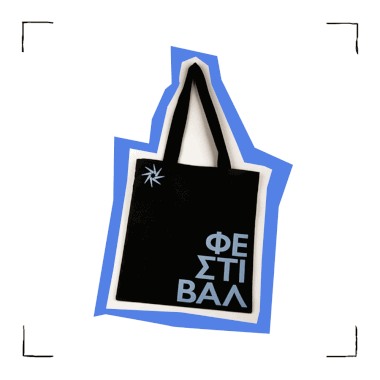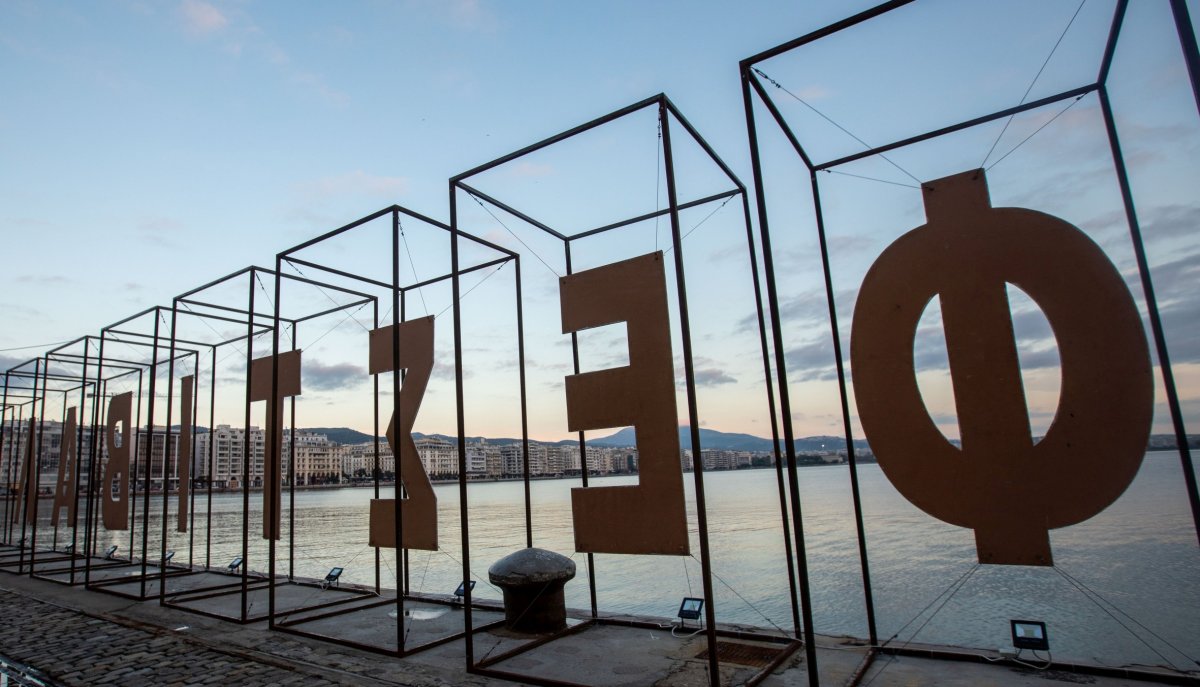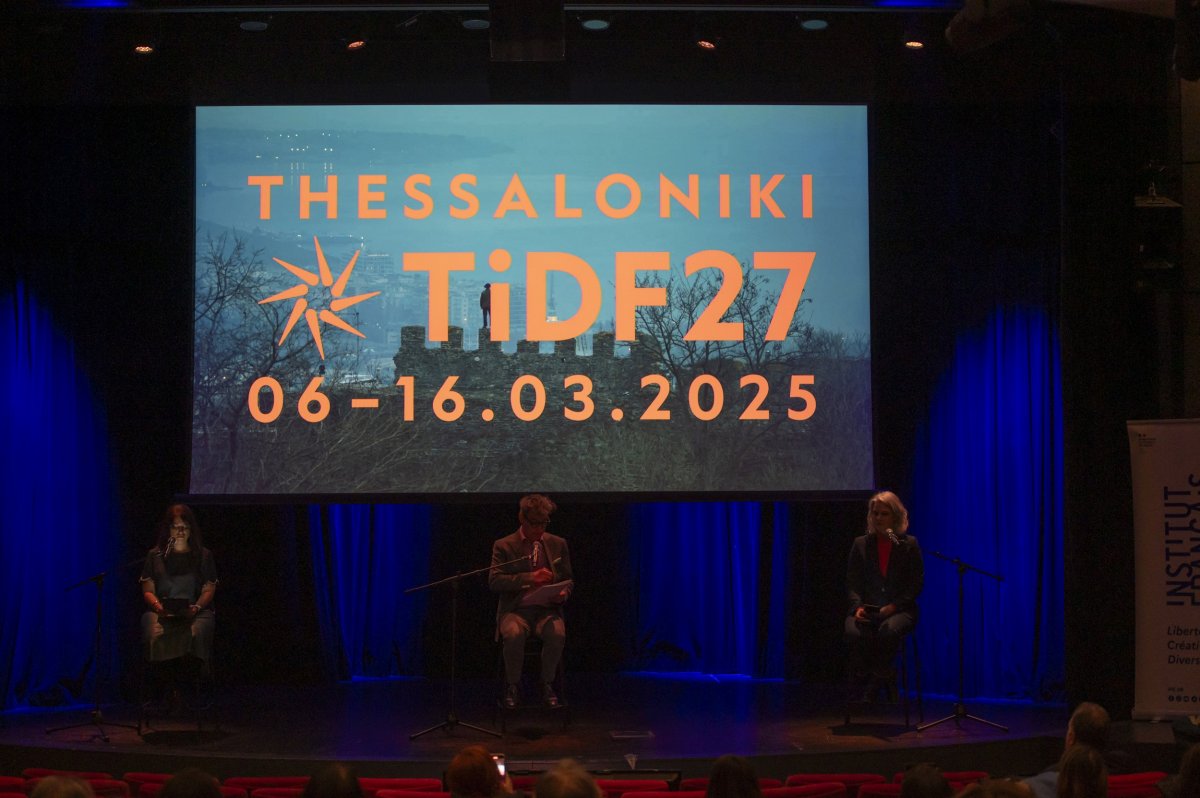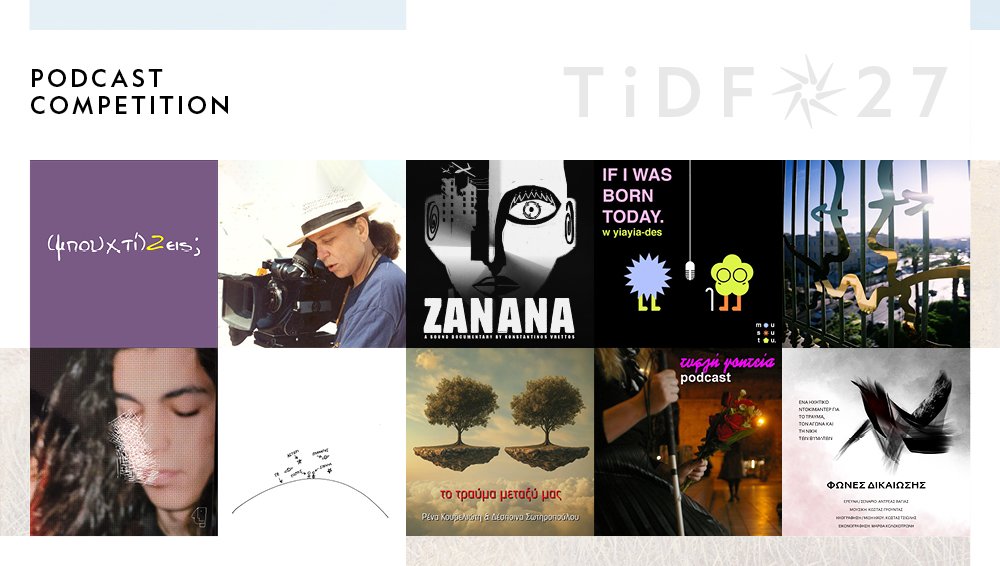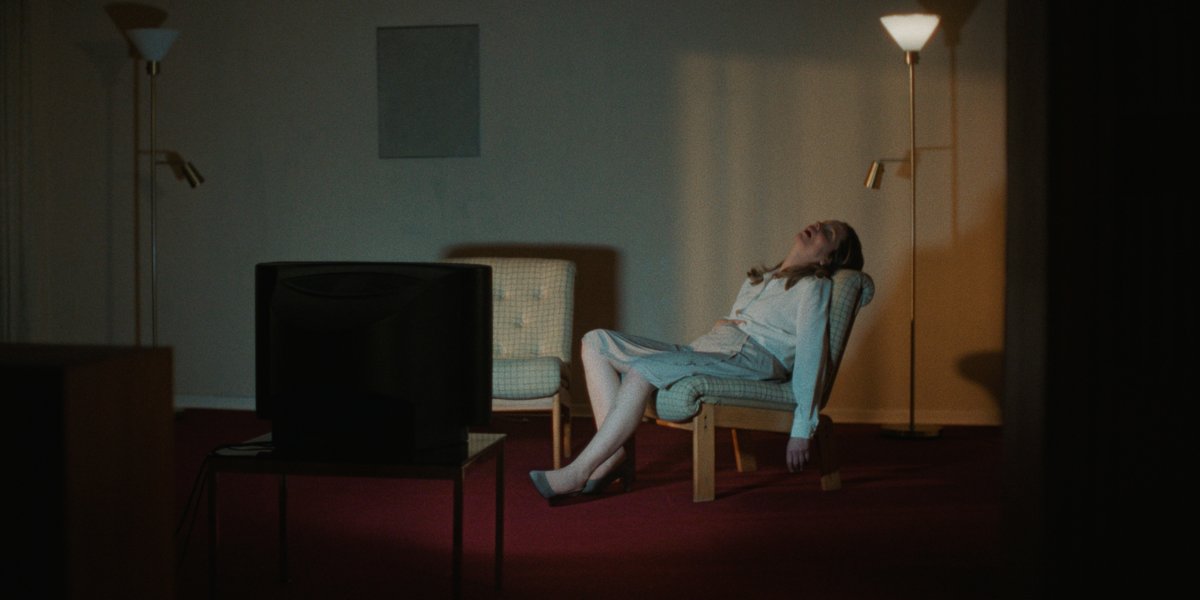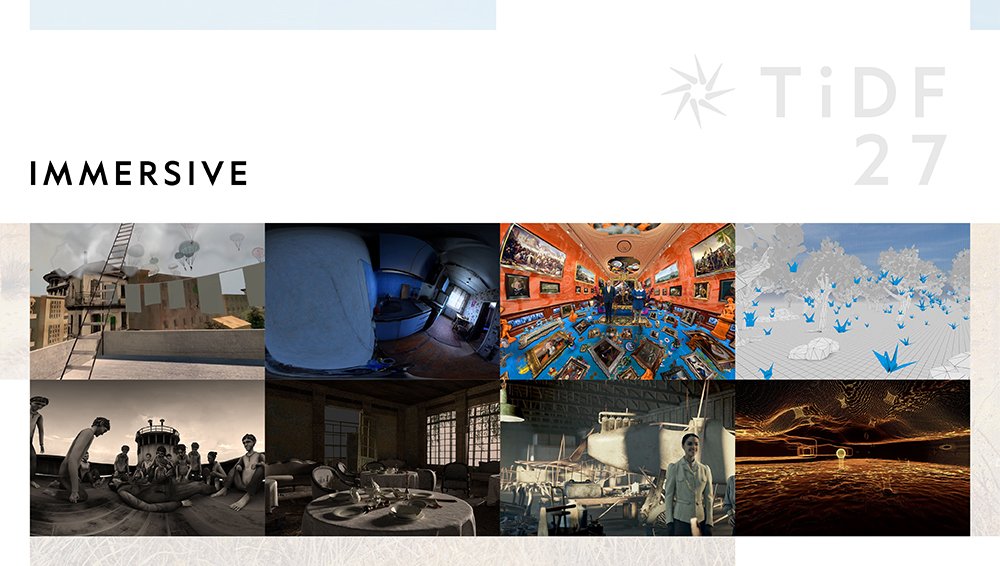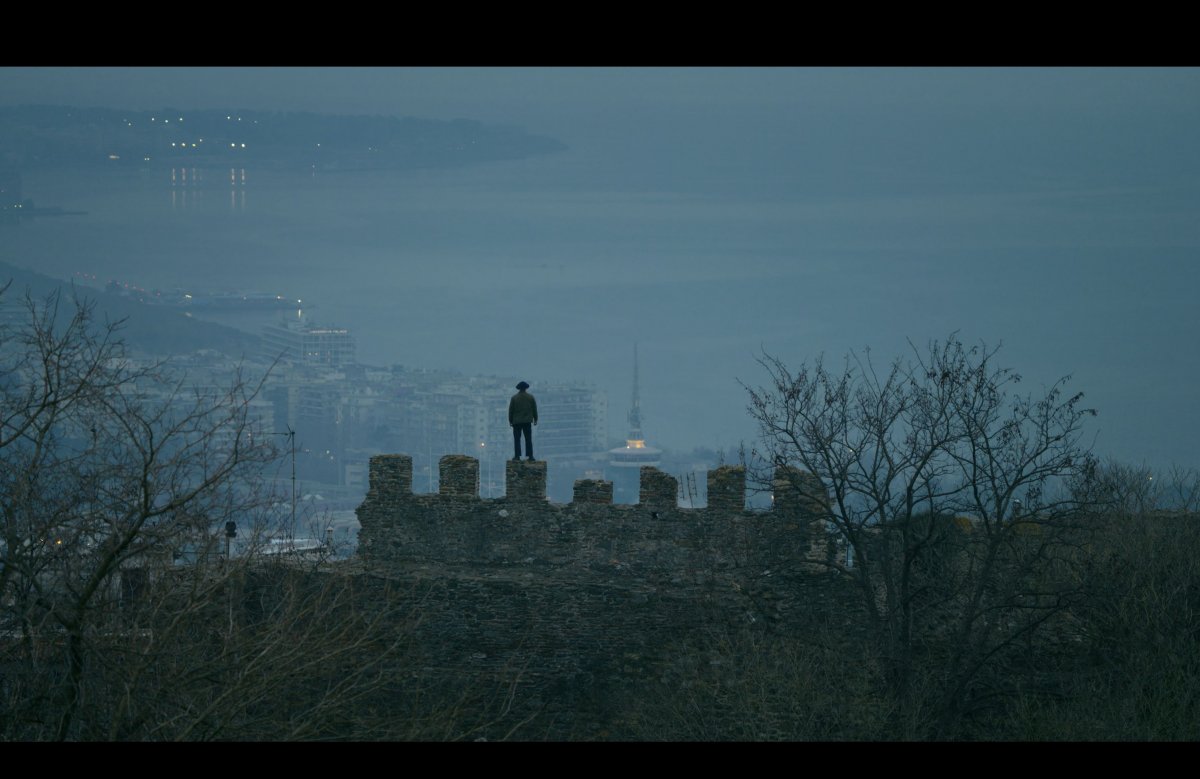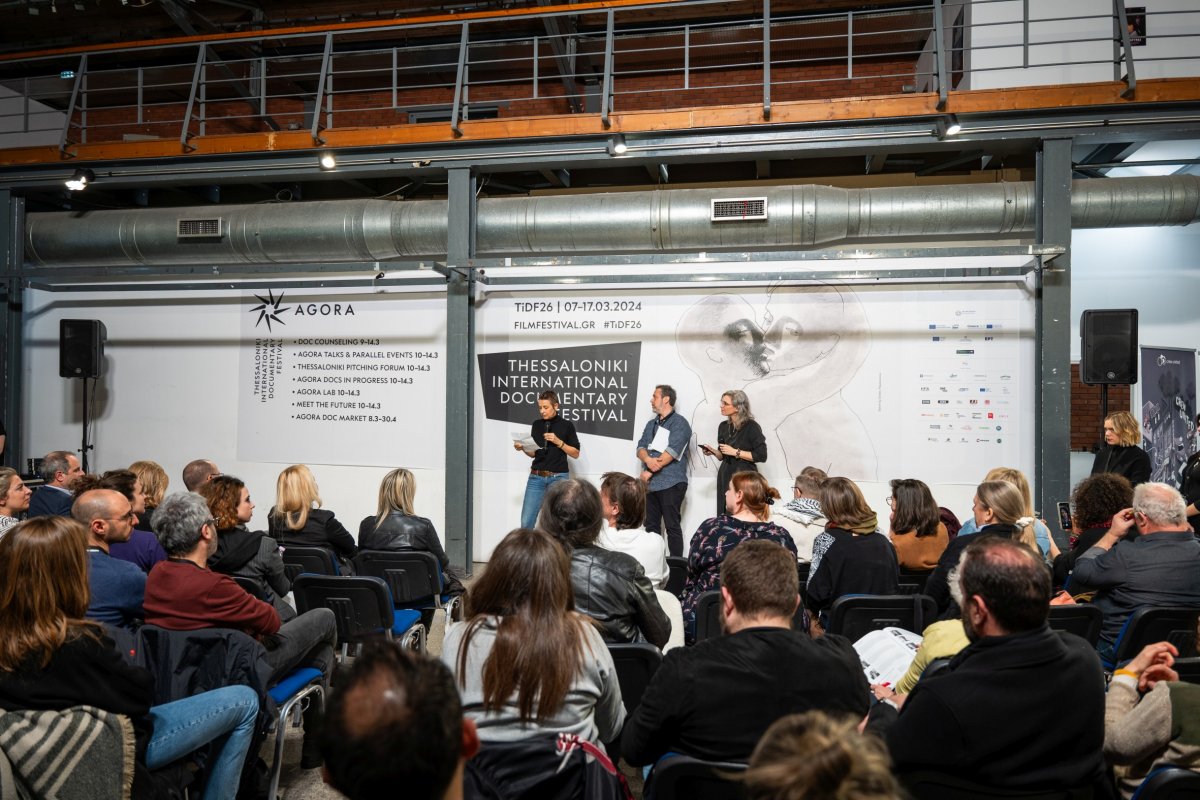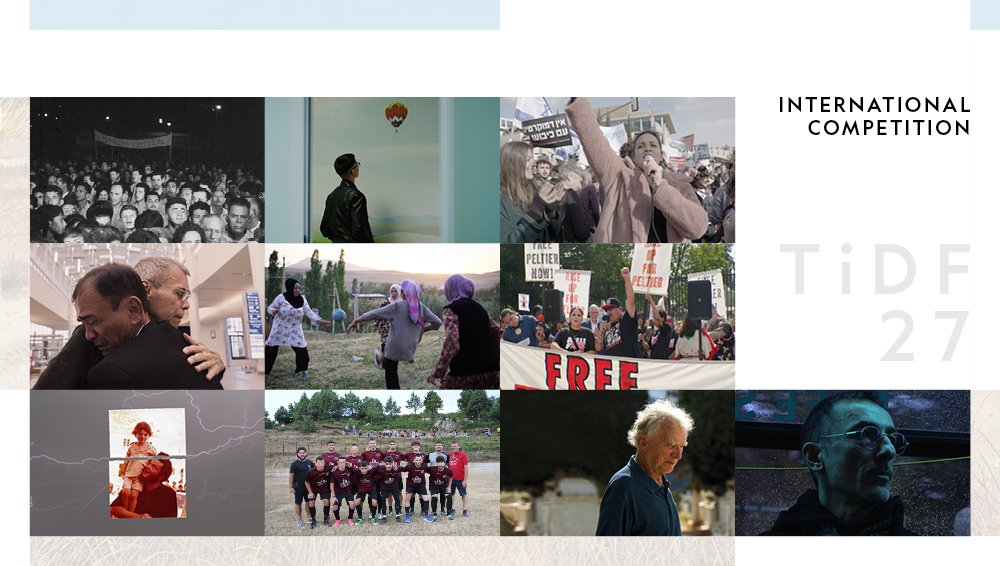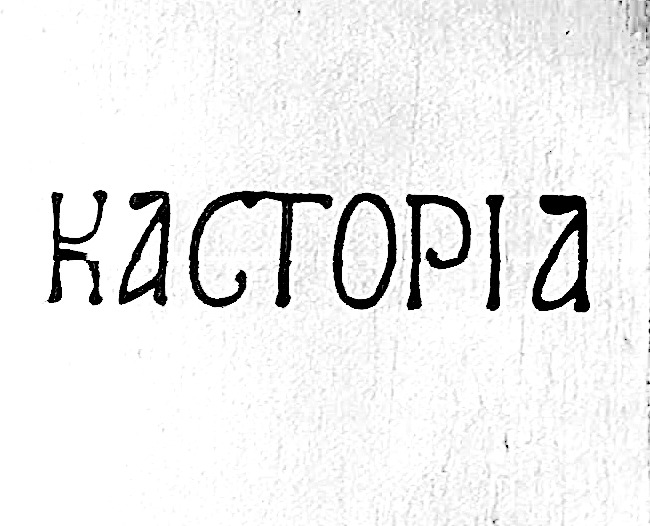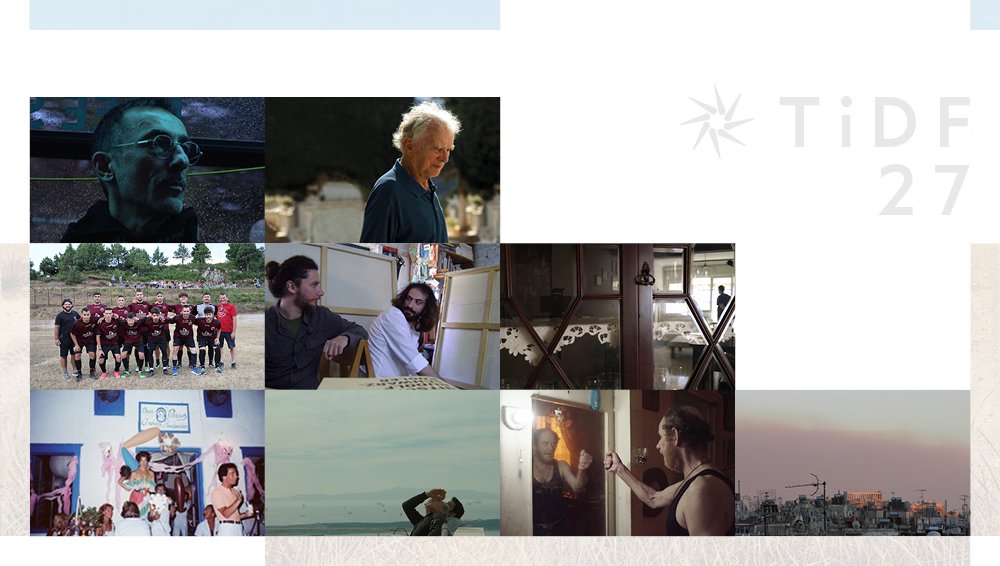WORKSHOP
“AGAINST THE TIDE: CREATING INTERACTIVE DOC PROJECTS USING INTERNET AND MOBILE TECHNOLOGIES”
The main themes of the workshop held on Monday, March 15, 2010 at IEK ACME during the 12th Thessaloniki Documentary Festival, were the relationship between documentaries and the internet, the prerequisites for creating internet documentaries, as well as the use of archival material. The workshop was led by Wilma de Jong, Lecturer at the University of Sussex where she teaches documentary theory and practice. She used an example of the interactive documentary programme Against the Tide, created by UK company Earth Stock Films to expand on the above themes.
Addressing the audience, mainly students, Wilma de Jong spoke about the increasing interest of festivals, audiences and sponsors over the last ten years in short films – 20 minutes or shorter. As she said, documentary shorts used to be considered experimental, an activist tool and of course a way of teaching students, without any audience appeal. Today, short documentaries are screened at galleries and exhibition halls in the UK, while there are websites and festivals exclusively for the promotion of the genre.
She stressed that in the age of speed and digitalization in which we live a completely new field for short documentaries is opening up. “We’re at a turning point. Many people see films on the internet and on their mobiles, but these films can’t last an hour and a half, especially if they’re documentaries. So the way in which these films are made has to be adapted to the new conditions. I don’t believe the end of the feature documentary has come, since we will always stay at home and watch films on a big screen, however the spread of the internet and the ipod is opening up new horizons. “ She noted: “Narrative and visuals have to be very exact for a film that lasts 30’, 20’, 6’ or less. You can say there is no flexibility, but something like that could lead to unforeseen problems”.
“Short documentaries have to focus on one subject, you can’t deal with interpersonal relationships, loneliness and divorce in the 21st century all at the same time. On the other hand, these subjects can be dealt with through shorter stories. For instance, you can talk about climate warming by looking at the story of a polar bear, 24 hours in the life of a scientist in the Antarctic or an African farmer. A documentary on life in a housing development doesn’t need ten interviews with social workers or extensive observation of daily life” de Jong added. Advising the audience about art of the documentary in today’s world, she noted: “You don’t have the time for long introductions. Your audience must quickly understand what your subject is and be curious about the film’s content. This is why you have to choose subjects, experiences and key ideas and create connections among them, so that you can structure a cohesive narrative”.
A series of short documentaries was then screened, films that had been made as part of the Against the Wave interactive programme. The participating directors used archival material from the South East of England, and created short documentaries which dealt with the past and present of the area, while researching new ways of using the archival material they had available. Wilma de Jong analyzed the techniques used by the directors as well as the ways in which they used this archival material. “Even if you don’t yet have a picture of the story you want to tell, you have to create it using photographs, shots from another era, or even search for the image digitally. Today we look at archival material with the eyes of the present, subjectively, as the result of our cultural bias”, she noted and added: “The material of a documentary is essentially memory, and this material is very fluid”.


